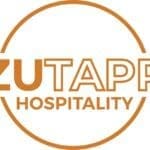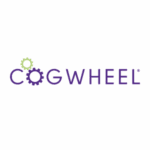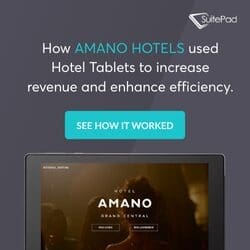 Fundamentally, two key metrics determine the success of a hotel website; how much relevant traffic it receives and the rate at which it converts visitors to make a booking, often referred to as the look-to-book ratio or conversion rate. Increase either, ideally both, and you should see a net benefit in your online revenue. And as we know, focusing on improving your website’s conversion rate can be a pivotal step in reducing online distribution costs with heavy OTA commissions and driving a ‘book direct’ strategy.
Fundamentally, two key metrics determine the success of a hotel website; how much relevant traffic it receives and the rate at which it converts visitors to make a booking, often referred to as the look-to-book ratio or conversion rate. Increase either, ideally both, and you should see a net benefit in your online revenue. And as we know, focusing on improving your website’s conversion rate can be a pivotal step in reducing online distribution costs with heavy OTA commissions and driving a ‘book direct’ strategy.
However, understanding what constitutes a ‘good’ hotel website conversion rate can prove challenging. Especially so for independent hoteliers who might not have access to data beyond their own to compare performance against.
80 DAYS has combined data from h2c’s 2020 Global IBE & Metasearch Study (due Q4 2020) alongside data from our sister company Hotel Benchmark to compare the website and booking engine conversion rates of independent hotels versus groups/chains.
Group hotel website and booking engine conversion rates
h2c’s study evaluated the responses and data from 76 small, medium and large hotel chains during 2019 to determine that the average website conversion rate for a hotel group was 1.9%.
Delving deeper, they also found that the booking engine conversion rate was 6.8%. This is the percentage of those who navigated to the booking engine that resulted in a transaction. As one might expect, the propensity to book is heightened once a user enters the booking engine.
Independent hotel website and conversion rates
Using the most comparative independent hotel data from the 550 hotels within Hotel Benchmark, we know that the average website conversion rate in 2019 was 0.73%. Website conversion was at its highest in January 2019, achieving 0.81% and lowest in August 2019, achieving 0.66%.

The average booking engine conversion rate of independent hotels was 3.28% across 2019. Booking engine conversion was at its highest in December 2019, achieving 3.72% with March 2019 close behind at 3.66%. Conversion was at its lowest in April 2019, achieving 2.99%.
Note that 50% of the properties included within this data are 5-star, 46% 4-star and 4% 3-star and lower. The sample is made up of an even split of both urban properties (49%) and rural properties (51%).
Who wants average anyway?
Averages are exactly that; average. The lowest-performing independent hotel in our Hotel Benchmark set was 0.01% with the highest at 6.41%. Of course, your aim should always be to exceed the averages and be in the trailblazing upper tiers.
Upcoming posts will discuss some of the factors that influence website conversion rate, but in the short term, it’s worth considering a programme of Conversion Rate Optimisation experiments to gradually improve your website performance.
Never has it been more important to capitalise on improving your website’s conversion. Every visitor is a potential booking and an opportunity to help improve your occupancy levels in these challenging times.
















